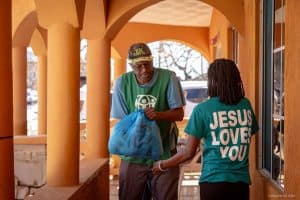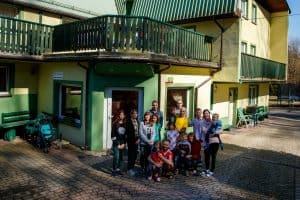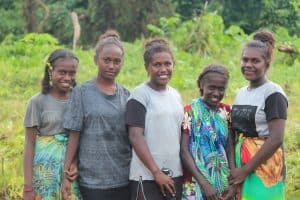The day after Christmas in the small community of Dedere, Paula went into labor. Only 17 years old, Paula had never had a baby before, so when the second day passed with no progress, she began to worry. By the fourth day of intense pains, Paula began to panic. The nearest clinic was more than 15 miles away, and the rural community had no means of transportation. Her family took turns comforting her and praying, but there was little else they could do.
By the end of the fourth day, someone recalled the story of a pregnant woman who had been taken to the clinic several months prior. She too had been experiencing labor difficulties when a bicycle ambulance arrived and took her to the clinic. Inspired, the family rushed from the home and began knocking on doors, asking everyone they met if they knew of the bicycle ambulance. Somebody directed them to a home of an ADRA Health Council member only a few miles down the road. They ran to the house, and the bicycle was immediately released into their care.
Back at the house, Paula was carried out to the waiting ambulance, a covered cot attached to the back of a bicycle. In less than two hours, Paula was safely in a hospital bed, and in less than an hour upon arrival, she gave birth to a healthy baby boy.
When most people think of an ambulance, they imagine the flashing lights, piercing siren, and high speeds. But in many parts of the world, it is as simple as a bicycle. And even though it may lack the medical equipment and flashy technology, it is no less capable of saving lives.
Because of that one bicycle ambulance, more than 20 women have safely given birth to their babies. Members of the community are so proud of the ambulance that they all contribute money to its maintenance. Now everybody has access to the hospital, just a short ride away.









